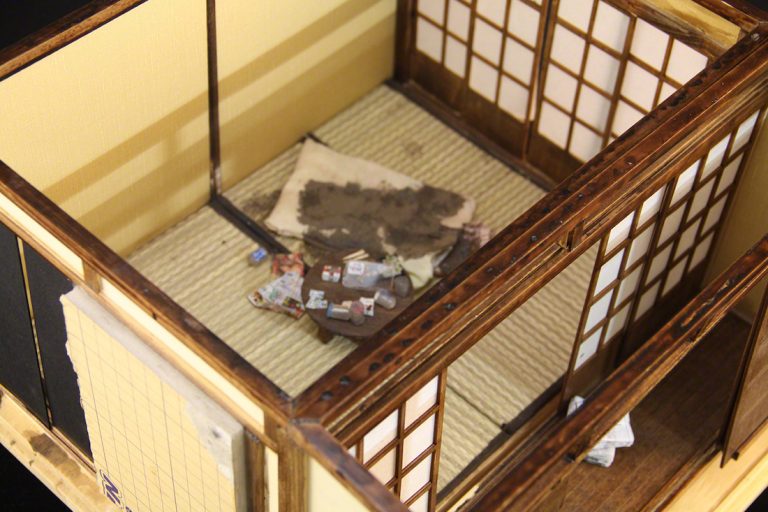
With nearly 30,000 unattended deaths each year in Japan, the issue has only recently gained wider recognition.
Editor’s Note: This article has been published in the interest of helping our elderly neighbors who may be trapped in isolation.
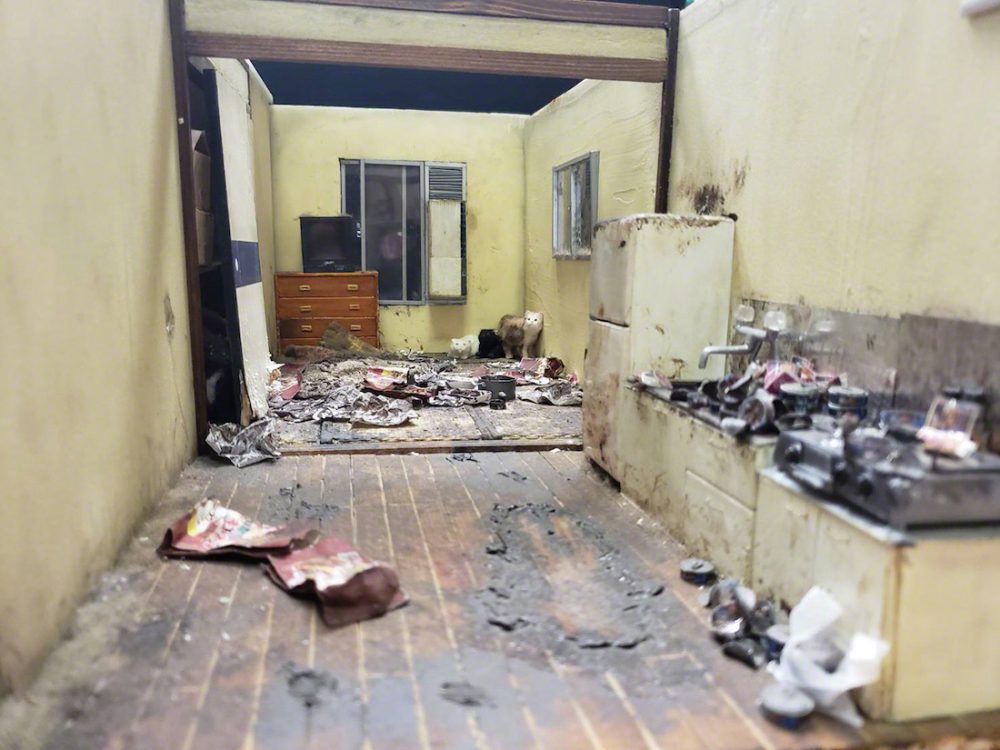
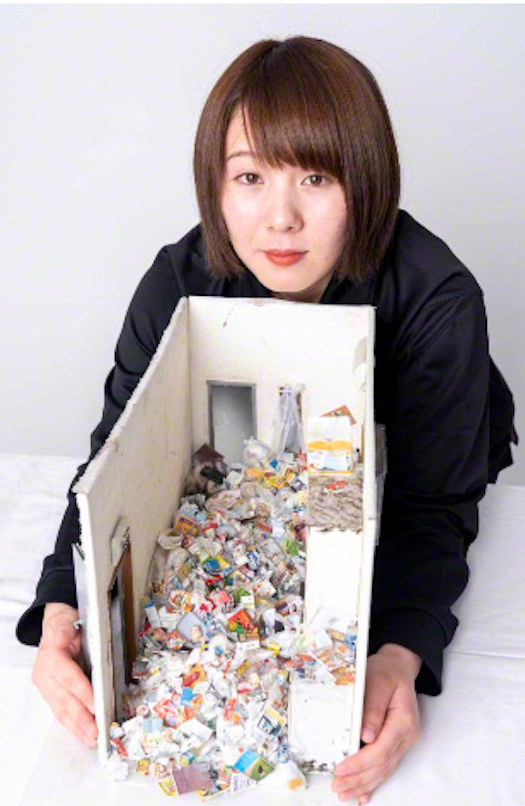
Tokyo, Japan — In Japan, the phenomenon of “kodokushi,” or unattended deaths where individuals pass away unnoticed for days or even weeks, is becoming increasingly visible in the media.
This troubling trend is a reflection of growing social isolation, where many find themselves disconnected from society and their families.
One woman, who specializes in cleaning the homes of the deceased, has taken an unconventional approach to raising awareness about this issue—by creating detailed miniature dioramas that capture the scenes she encounters.
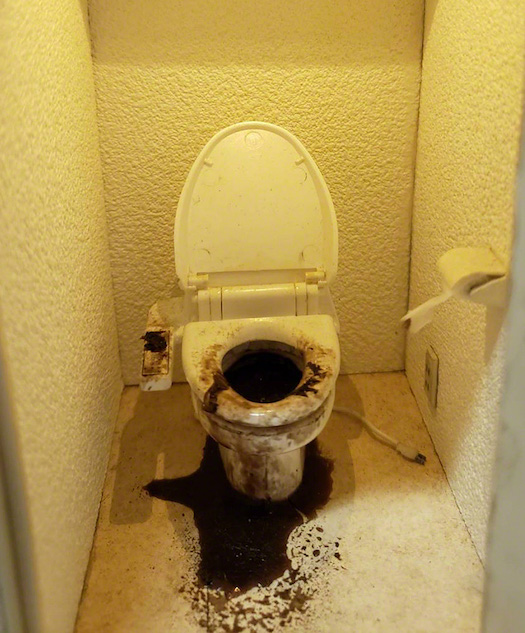
Kojima Miyu is an employee of a firm specializing in cleaning apartments and houses of the deceased. She was born in Saitama Prefecture in 1992.
In 2016 she started building dioramas of residences where people have died unattended. Her works have garnered broad attention in the domestic and foreign press and on social media. In a recent article published in Japanese, Miyu writes:
The Quiet Crisis of Isolation
“In recent years, the tragic stories of people who die alone, their absence unnoticed until much later, have grown alarmingly common. Despite frequent media coverage of “kodokushi,” the public often remains fixated on the morbid details, failing to see the broader issue of social isolation that could affect any community.
“With nearly 30,000 unattended deaths each year in Japan, the issue has only recently gained wider recognition.
“When I began working at To-Do Company in 2014—a firm dedicated to cleaning the homes of those who have passed away—few understood what “kodokushi” meant, let alone knew that my line of work existed.
“Our work is as emotionally taxing as it is necessary. When someone dies alone, we are called in to clean and restore their living space.
“This involves more than just removing trash and disinfecting the area; we carefully sort through the personal belongings left behind, passing any items of sentimental or monetary value on to the family.
“We also provide emotional support, offering condolences and listening to the stories of the deceased from their loved ones.
Crafting a New Perspective
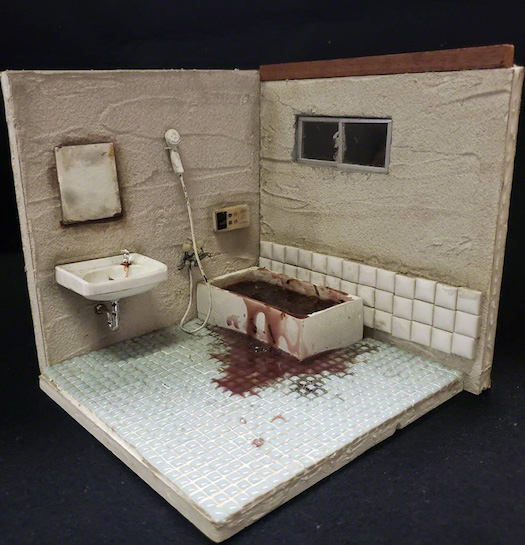
“Realizing that few people understood the grim reality of “kodokushi,” I sought a new way to communicate the gravity of this situation. In 2015, our company participated in the Endex Japan funeral trade show, where I attempted to educate visitors on the rising number of unattended deaths.
“To my surprise, many dismissed the idea that such tragedies could happen in a society like Japan’s. This skepticism led me to explore a more visceral method of communication—creating miniature dioramas based on my experiences.
“Though these dioramas are not exact replicas of specific scenes, they are carefully constructed composites that capture the loneliness and desolation that accompany unattended deaths.
“I began this project with no prior experience in miniature making, learning through online tutorials and trial and error. These small models became powerful tools to evoke empathy and raise awareness.
Depicting Solitary Scenes
“One of my first creations, titled “Kodokushi: Age 50-60,” highlights the commonality of social disconnection among middle-aged individuals. This age group is particularly vulnerable to dying unnoticed due to lapses in communication with family and neighbors. The diorama is a stark reminder of the importance of maintaining social ties, even through simple gestures like phone calls or visits.
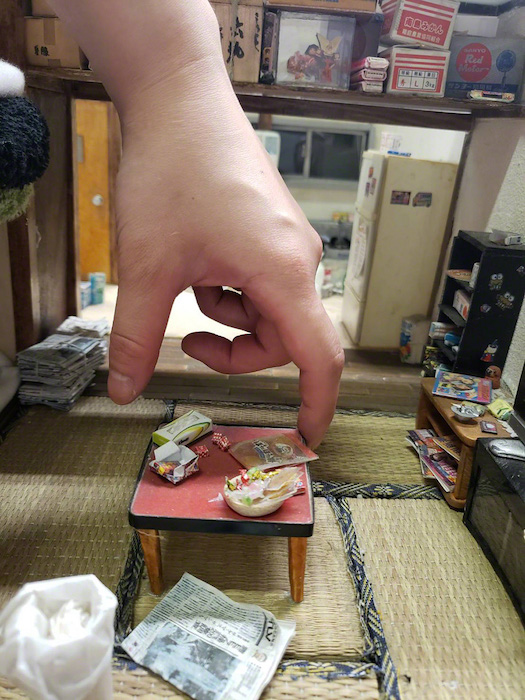
“Another piece, “Kodokushi Due to Heat Shock,” illustrates the dangers of sudden temperature changes, which can lead to fatal conditions like heart attacks or strokes.
“This model serves as a cautionary tale, emphasizing the need for preventive measures in the home, especially during the winter months.
“Finally, “Kodokushi in a Hoarder’s Room” challenges viewers to look beyond the clutter and understand the emotional and psychological turmoil that can lead to such living conditions.
“This scene is a testament to how life’s hardships can push anyone into isolation and neglect.
Reassessing the Concept of “Kodokushi”
“The COVID-19 pandemic has changed the nature of my work, with more people spending time at home and fewer families needing assistance in clearing out belongings.
However, the demand for trauma cleaning, especially in cases where the cause of death is unknown, has increased. This has reinforced for me the unpredictability of life and death.
“It’s important to challenge the notion that “Kodokushi” is inherently negative. Many of the deceased I encounter lived full lives and maintained strong relationships until the end.
“The term “jitakushi,” meaning death at home, might better capture the reality that not all unattended deaths are marked by loneliness or isolation.
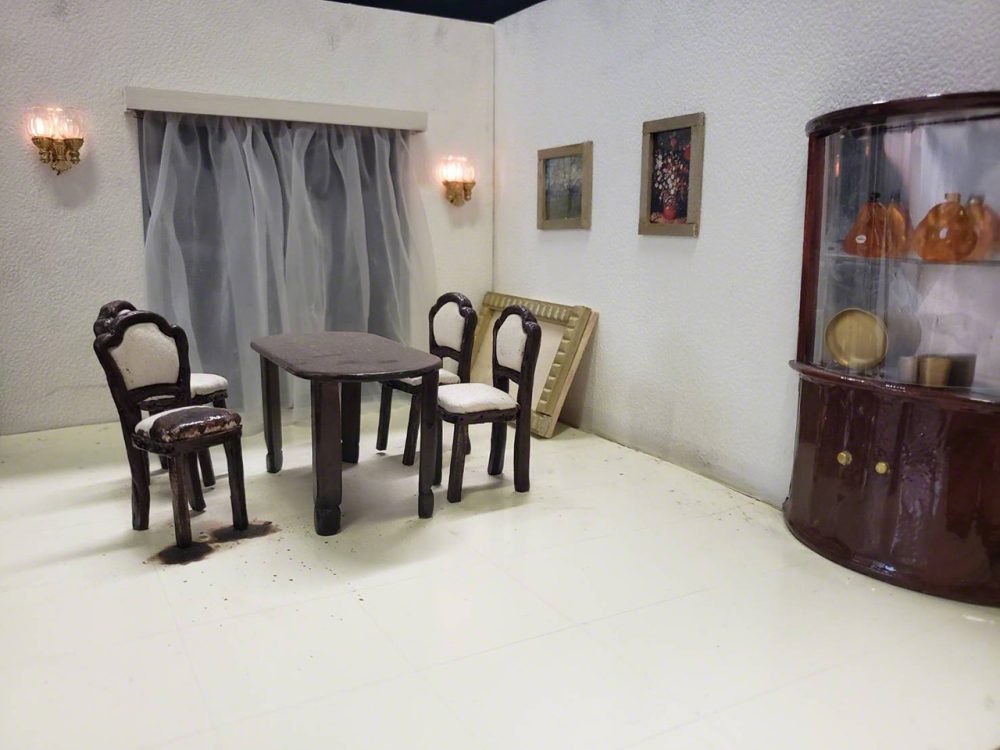
“I hope that my dioramas and this article encourage others to reach out to their loved ones and cherish the connections they have. Life is fleeting, and we should strive to live each day without regrets, appreciating the moments we share with others.“
Kodokushi Unveiled: Miniature Models of Japan’s Social Isolation (Aug. 30, 2023)
#Kodokushi, #LonelyDeaths, #JapanSociety, #SocialIsolation, #MiniatureArt, #TraumaCleaning
TAGS: Unattended Deaths, Kodokushi, Japan, Social Isolation, Miniature Dioramas, Trauma Cleaning, End-of-Life Care, Public Awareness